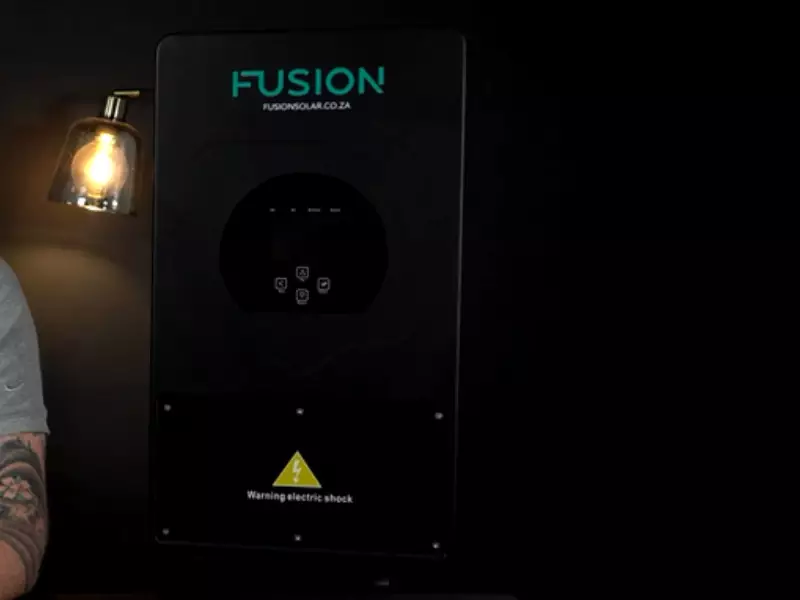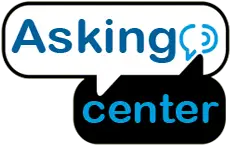Harnessing the power of the sun through solar energy is an increasingly popular means of powering homes and businesses around the globe. Central to this sustainable technology are solar panel inverters. The vital role they play in the effective operation of solar power systems can’t be overstated.
Solar panel inverters serve as the heart of any solar power system. They take the DC power produced by solar panels and convert it into AC power usable in homes and businesses. Of these, three types stand out- String inverters, Hybrid inverters, and Microinverters.
Dive into the world of solar panel inverters with us. Uncover the features, advantages, disadvantages, and applications of each type of inverter. Let’s start the journey to ensure you’re making an informed choice for your solar power needs.
Understanding Solar Panel Inverters
Solar panel inverters are an integral part of any solar energy system. Their role is to convert the Direct Current (DC) produced by the solar panels into Alternating Current (AC) which is used by most household appliances. Without an inverter, the energy generated by the solar panels would not be readily usable.

Main Types of Solar Panel Inverters
There are three main types of solar panel inverters: String inverters, Hybrid inverters, and Microinverters. Each has its unique features, benefits, and drawbacks. Understanding these differences will help you make the right choice for your solar power system.
String Inverters
String inverters, also known as centralized inverters, are the most common type used in residential and commercial solar installations.
String inverters work by connecting all the solar panels in a “string” or series, where the DC power from each panel is combined and then converted into AC power by the single inverter.
String inverters are cost-effective and easy to maintain. However, they have a significant drawback: if one panel in the string underperforms (due to shading, dust, or malfunction), it affects the performance of the entire string.
String inverters are best for large, unshaded areas where all panels will receive similar sunlight levels.
Hybrid Inverters
Hybrid inverters, also known as multi-mode inverters, can manage inputs from both solar panels and a battery bank, allowing for energy storage.
A hybrid inverter combines the functions of a solar inverter and a battery inverter. It not only converts DC from the solar panels into AC but also directs excess energy into batteries for later use.
Hybrid inverters allow energy storage for use during power outages or peak demand times. However, they are more expensive than other types of inverters.
Hybrid inverters are excellent for applications where energy storage is desired, such as off-grid living or in areas with unreliable power supply.

Micro Inverters
Microinverters are a newer technology that offers some advantages over the other types of inverters.
Microinverters are installed at each solar panel, converting DC to AC power at the source. This means each panel functions independently of the others.
Microinverters maximize the power output of each individual panel, reducing the impact of one underperforming panel. However, they are more expensive and complex to install.
Microinverters are ideal for installations where the panels are at different angles, receive varying amounts of sunlight, or where future system expansion is planned.
Comparing String, Hybrid, and Micro Inverters
In terms of performance, cost, durability, and best scenarios, each type of inverter has its strengths and weaknesses. String inverters are the most cost-effective, but their performance can be hampered by shading or mismatched panels.
Hybrid inverters offer the benefit of energy storage, but at a higher cost. Microinverters provide the best performance in varied conditions but are also the most expensive.
Factors to Consider When Choosing an Inverter
Choosing the right inverter for your solar energy system depends on a few key factors: system efficiency, the scale of your solar energy system, your budget, the durability and maintenance of the inverter, and your future expansion plans.
Frequently Asked Questions
Which inverter type is the best for my solar system?
The best inverter for your system depends on your specific circumstances, including the size and layout of your solar array, your budget, and your energy needs.
Is a more expensive inverter always better?
Not necessarily. While cost can be an indicator of quality or features, the best inverter for you is the one that fits your specific needs and situation.
Can I upgrade my inverter in the future?
Yes, it’s possible to upgrade or change your inverter in the future. However, it’s important to plan carefully to minimize unnecessary costs and complications.
Conclusion
Solar panel inverters are a vital component in any solar energy system. Choosing the right one involves understanding the advantages and trade-offs of String, Hybrid, and Microinverters. As you weigh these options, consider the specifics of your solar installation, your budget, and your future energy plans.
The path towards sustainable energy might seem complex, but armed with knowledge and understanding, you’re well-equipped to make decisions that will benefit you for years to come. Harness the sun, power your world, and be part of the solution for a sustainable future.
